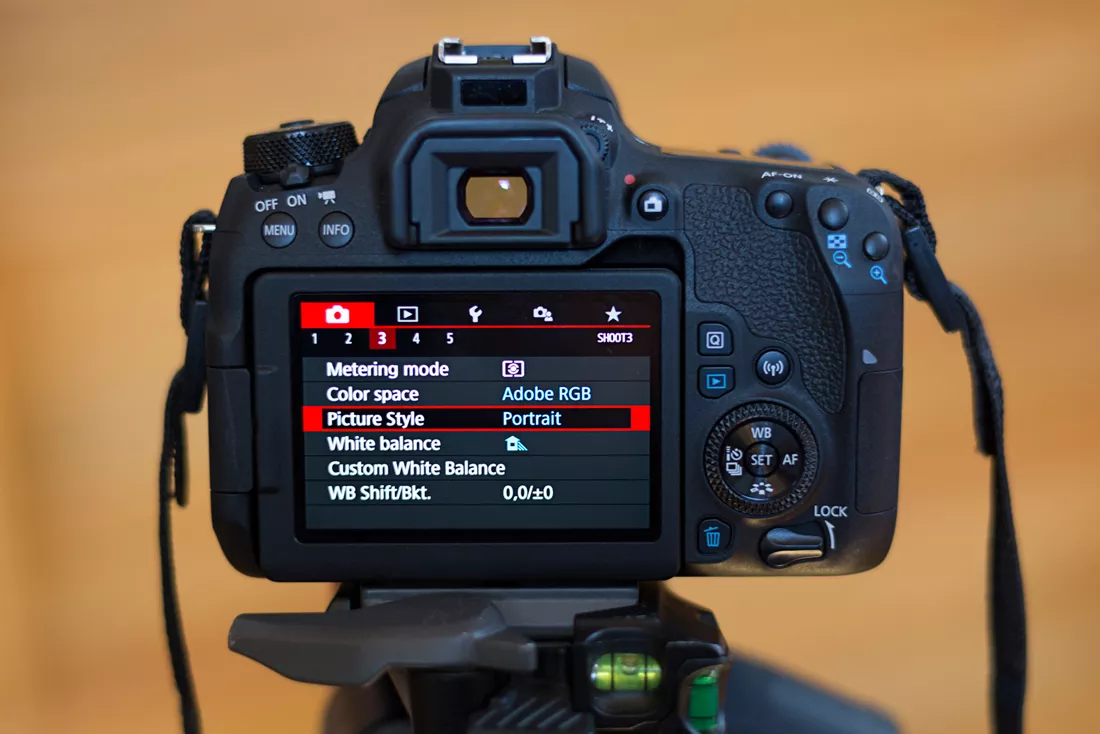Capturing stunning photos isn’t just about having the best camera gear; it’s about knowing how to use your camera settings to their full potential. Whether you’re using a DSLR, mirrorless camera, or even a smartphone, mastering the right settings is key to getting the most out of your equipment. In this guide, we’ll walk you through the essential camera settings that can help you take beautiful, professional-looking photos.
1. Shutter Speed: Control Motion
Shutter speed plays a critical role in capturing movement, whether you want to freeze it or create a motion blur effect. Shutter speed refers to how long the camera’s shutter stays open to expose the sensor to light. Faster shutter speeds freeze action, while slower speeds can create a sense of motion.
Ideal Shutter Speeds for Different Effects:
- Fast Shutter Speeds (1/500s – 1/2000s): Use fast shutter speeds to freeze motion in sports or wildlife photography. If you’re photographing a fast-moving subject, like a running athlete or bird in flight, use a high shutter speed to capture sharp, crisp images.
- Medium Shutter Speeds (1/250s – 1/500s): Great for general photography where motion is less critical but you still want to avoid blur. This speed is ideal for portrait photography or casual street scenes.
- Slow Shutter Speeds (1/30s and below): Use slower shutter speeds for creative effects like light trails or smooth flowing water. You can also use slow speeds to create a blurred background or to convey motion in moving subjects like cars or waterfalls.
To avoid camera shake when using slow shutter speeds, stabilize your camera on a tripod or increase the ISO.
2. Aperture: Control Depth of Field
Aperture determines the amount of light entering your camera and controls the depth of field (how much of the image is in focus). A larger aperture (lower f-number) lets in more light and creates a shallow depth of field, while a smaller aperture (higher f-number) allows less light and keeps more of the image in focus.
Ideal Aperture Settings:
- Wide Aperture (f/1.4 – f/2.8): A wide aperture is perfect for portraits where you want a blurred background (bokeh) to make your subject pop. It’s also great in low-light conditions because it lets more light into the camera.
- Mid Aperture (f/4 – f/5.6): This range is ideal for general photography and landscapes. It provides a good balance between background blur and sharpness across the image.
- Small Aperture (f/8 – f/16): Use smaller apertures for landscape or architectural shots where you want as much of the scene to be in focus as possible. Smaller apertures are also useful when you’re shooting with a tripod in bright light to avoid overexposure.
3. ISO: Adjust for Light Sensitivity
ISO refers to your camera’s sensitivity to light. A lower ISO value (e.g., 100 or 200) is ideal for bright conditions, while a higher ISO (e.g., 1600 or higher) is needed in low-light environments. However, increasing ISO also introduces digital noise (grain) to your photos, so it’s important to find the right balance.
Ideal ISO Settings:
- Low ISO (100 – 400): Use a low ISO in bright conditions or when you want the cleanest, sharpest image without noise. This is perfect for outdoor daylight shots or studio settings.
- Medium ISO (400 – 800): This range is good for indoor photography in well-lit conditions or during dusk when natural light starts to fade.
- High ISO (1600 – 6400): High ISO is necessary when shooting in low-light conditions, such as indoors or at night. However, it can introduce noticeable grain, so be cautious about going too high unless necessary.
To prevent noise, try to avoid pushing your ISO too high, and use a tripod when possible to avoid blur from slower shutter speeds.
4. White Balance: Adjust Colors to Match the Scene
White balance (WB) controls the color temperature of your photos. It ensures that whites appear white in your image, and that other colors are accurate, eliminating color casts caused by different types of lighting.
Ideal White Balance Settings:
- Auto White Balance (AWB): The camera’s automatic setting is great for most situations. It adjusts to the lighting conditions and attempts to give you a neutral color balance.
- Daylight/Sunny: Best for outdoor scenes in natural daylight. It balances the warm tones of daylight, so your photos don’t look too cool.
- Cloudy: Use this setting when shooting under cloudy skies or during overcast days to warm up the image and reduce cool blue tones.
- Tungsten: This setting is ideal for shooting indoors with artificial lighting, particularly under incandescent bulbs, to avoid yellow/orange color casts.
- Fluorescent: Use this when shooting under fluorescent lighting to reduce greenish tones that often occur in such lighting.
5. Focus Mode: Ensure Sharpness
Focus mode determines how your camera focuses on your subject. There are two main types: Single-point AF and Continuous AF.
Ideal Focus Mode Settings:
- Single Autofocus (One-Shot AF / AF-S): This mode is best for stationary subjects. Once you focus on a subject, the focus locks, and you can take the shot. This is ideal for portraits, still life, or landscapes.
- Continuous Autofocus (AI Servo AF / AF-C): Use this mode for moving subjects, like athletes or wildlife. The camera will continuously adjust the focus as the subject moves, ensuring they remain sharp.
- Manual Focus: This is useful for creative control, particularly in low light or when you want precise control over your focus, like macro photography or low-light situations.
6. Metering Mode: Control Exposure
Metering mode determines how your camera measures light and decides the exposure for your photo. Choosing the right metering mode can help you capture photos with accurate exposure, especially in tricky lighting conditions.
Ideal Metering Mode Settings:
- Evaluative/Matrix Metering: This is the default and most commonly used mode. It evaluates the entire scene and calculates the optimal exposure. This is great for most general photography.
- Center-Weighted Metering: This mode measures light around the center of the frame and is ideal for portraits or situations where the subject is in the middle of the scene.
- Spot Metering: Spot metering measures light from a small area (usually the center), allowing you to meter the exposure for a specific subject, even if it’s in a backlit or challenging lighting situation. This is ideal for high-contrast scenes or when the subject is much brighter than the background.
7. Use Burst Mode for Action Shots
When photographing fast-moving subjects, such as athletes or animals, using burst mode (also called continuous shooting mode) allows you to capture multiple frames per second. This increases your chances of getting the perfect shot, especially in fast-paced situations.
How to Use Burst Mode:
- Set a fast shutter speed to freeze motion while using burst mode.
- Continuous shooting will help you capture multiple frames in a short period of time, increasing the likelihood of capturing the exact moment you want.
8. Use a Tripod for Stability
A tripod is essential for capturing sharp, stable photos, especially in low-light conditions or when using slower shutter speeds. It helps reduce camera shake and ensures that your composition remains steady. If you’re shooting landscapes or long exposures, a tripod is crucial for maintaining clarity and sharpness.
Conclusion
Achieving stunning photos requires understanding how each camera setting affects your image and using them together effectively. By mastering settings such as shutter speed, aperture, ISO, white balance, and focus modes, you can take your photography to the next level and capture more dynamic and visually appealing images. Don’t be afraid to experiment with your camera settings to find the perfect balance for every situation. With time, you’ll develop your own style and technique that will help you create breathtaking photos, no matter the subject.

